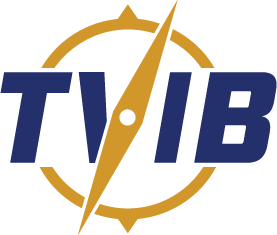On 10/03/2018, the USCG Eighth District (D8) issued a memorandum canceling its Towing Vessel Inspections Field Notice, D8-TVIFN 18-1 Operational Enforcement Discretion, dated 01/24/2018, commonly referred to as “Deferred Enforcement,” with the publication of the national policy document CVC-WI-010(1) OCMI Guidance on Special Consideration for 46 CFR Subchapter M Vessels, dated 10/02/2018. Download links for both documents can be found below.
WHAT DOES THIS MEAN FOR YOU?
If you have findings (non-conformities and/or deficiencies) from audits, surveys, self-reporting, etc. related to areas previously addressed by the D8 letter or the new national policy document and have developed corrective action plans (CAP) that were consistent with the deferred enforcement language you may need to update your CAP to address the findings in a manner that is consistent with the national policy (CVC-WI-010(1)).
The national policy work instruction document removes the “deferred enforcement” option and leaves operators with three options for addressing the following items:
- Use of Type II/III PFDs in lieu of work vests §140.430, 141.340
- Storage of Flammable/Combustible products §142.225
- Fire pump pitot-tube pressure testing §142.325(a)
- Length of fire hose §142.325(d) and (e)(2)
- Pressure vessel (PV) maximum allowable working pressure (MAWP) §143.300(c)
- Ventilation: Means to stop fans and close openings §144.605
NOTE:The national policy work instruction did not address all items from the D8 letter such as Visual Distress Signals. With the field notice cancelled by D8, the option for deferred enforcement is no longer a viable option for compliance. This does not prevent the operator from requesting special consideration from the OCMI or an equivalency from the MSC as noted below.
THREE COMPLIANCE OPTIONS UNDER CVC-WI-010(1)
- Bring the vessel into full compliance with the regulation as written;
- Request “Special Consideration” from the OCMI when applying for the COI; or
- Request an “Equivalency” from the Marine Safety Center.
If you have open findings on a CAP where the “deferred enforcement” was referenced as the corrective action with plans to correct prior to the first renewal of the COI or when USCG provides additional guidance you MUST update the CAP to be consistent with the national policy by choosing one of the three options above.
As a reminder, the corrective action process is an ongoing activity. During annual internal audits, annual surveys (internal or external) and external management and vessel audits the relevant corrective action plans will be reviewed to determine if findings have been closed along with reviewing open items for their progress.
Towing Vessels Field Notice Cancellation Memorandum of D8-TVIFN 18-1 Operational Enforcement Discretion (both documents included)
CVC-WI-010(1) OCMI Guidance on Special Consideration for 46 CFR Subchapter M Vessels
